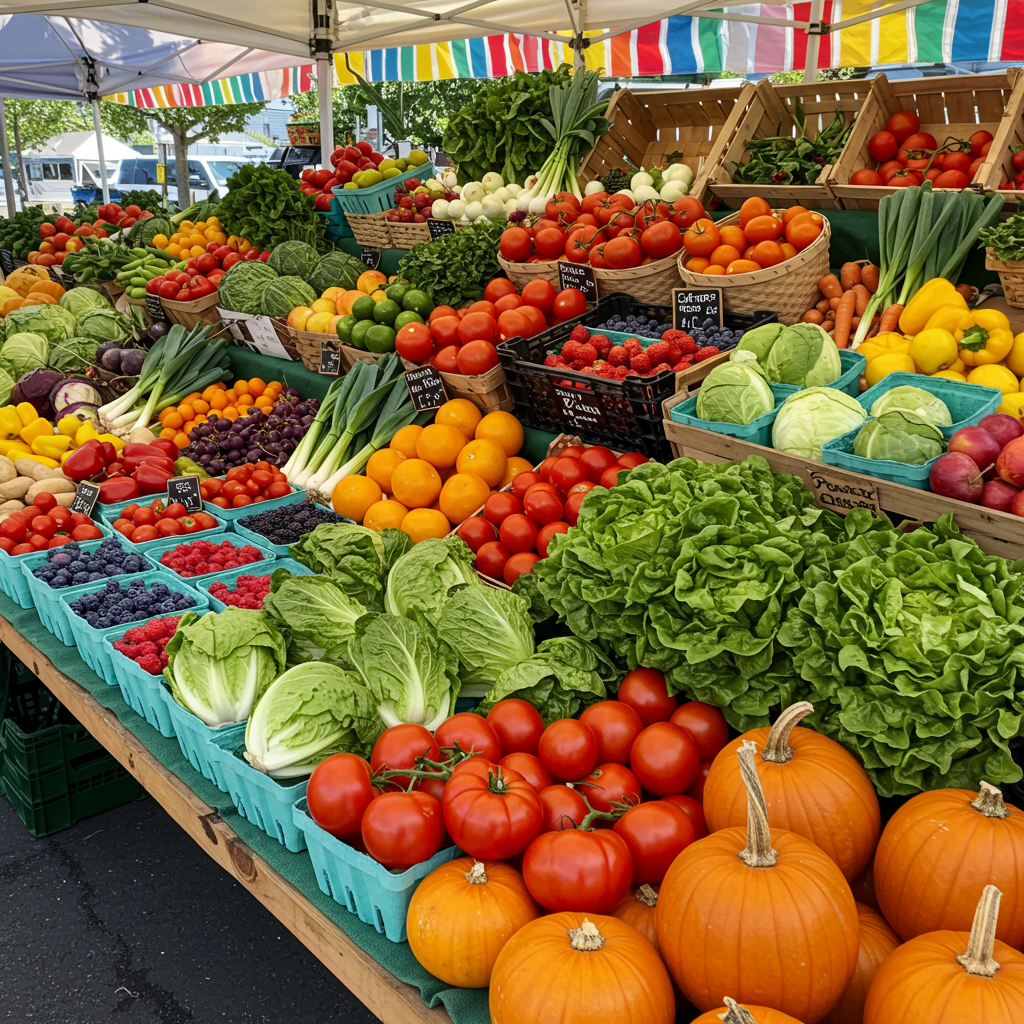
Eating seasonally is more than just a culinary trend; it’s a pathway to vibrant health and incredible flavor. By aligning our diets with nature’s rhythm, we unlock a treasure trove of benefits, from heightened nutritional value to supporting local farmers and reducing our environmental impact. In this article, we’ll delve into the compelling reasons why choosing seasonal produce should be a cornerstone of your healthy eating habits.
Imagine biting into a sun-ripened strawberry in June, bursting with sweetness, compared to a pale, flavorless imitation in December. This stark contrast highlights the core principle of seasonality: produce allowed to mature naturally at its peak offers superior taste. Fruits and vegetables harvested in their prime haven’t been subjected to artificial ripening processes or long-distance transportation, preserving their delicate flavors and maximizing their nutritional potency.
Freshly picked produce retains a higher concentration of vitamins and minerals. Studies have shown that certain nutrients, like vitamin C in berries, can degrade significantly during storage and transport. By consuming produce in season, you’re maximizing your intake of these vital nutrients, boosting your immune system and overall well-being.
Choosing seasonal produce often means supporting local farmers and strengthening your community. Farmers’ markets become vibrant hubs of connection, offering a direct link to the source of your food. This not only fosters a sense of community but also reduces the environmental burden associated with transporting food across vast distances. Shorter travel times translate to fewer emissions and a lighter carbon footprint.
Beyond the immediate benefits, eating with the seasons encourages a deeper appreciation for the natural world. It reconnects us to the cyclical nature of food production, reminding us of the ebb and flow of nature’s bounty. Embracing seasonality can also inspire culinary creativity, prompting us to explore new recipes and flavors as the seasons change.
Transitioning to a seasonal diet doesn’t require a complete overhaul. Start by visiting your local farmers’ market and exploring what’s in season. Engage with the farmers, ask questions, and discover new varieties of fruits and vegetables. Look for online resources and cookbooks that focus on seasonal recipes, and experiment with incorporating these fresh ingredients into your meals. You’ll be amazed by the vibrant flavors and the positive impact on your health and the environment.
From the burst of flavor in a summer tomato to the hearty sweetness of a winter squash, embracing seasonal eating is a journey of discovery. It’s a celebration of nature’s abundance and a commitment to nourishing our bodies with the freshest, most vibrant foods available. So, next time you’re planning your meals, consider the seasons and savor the delicious benefits of eating in harmony with nature.



